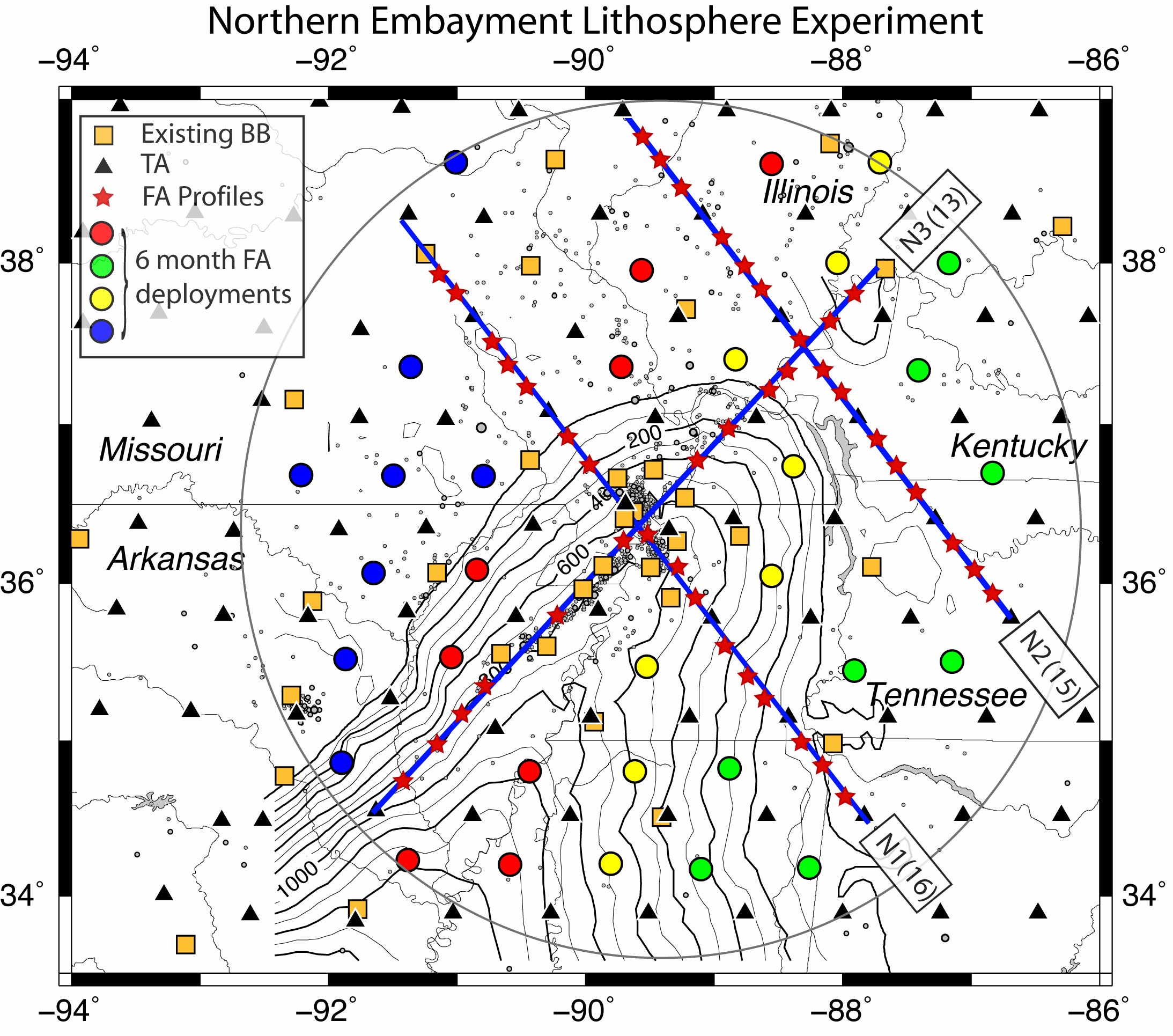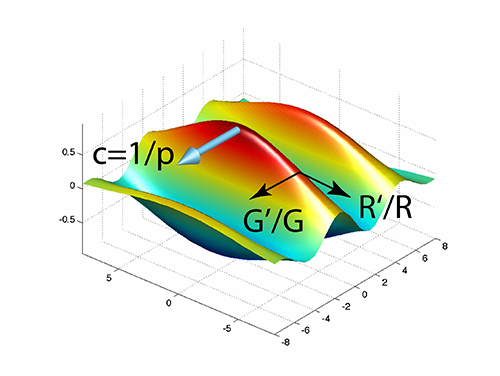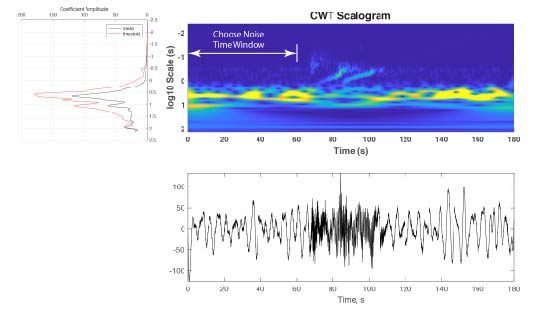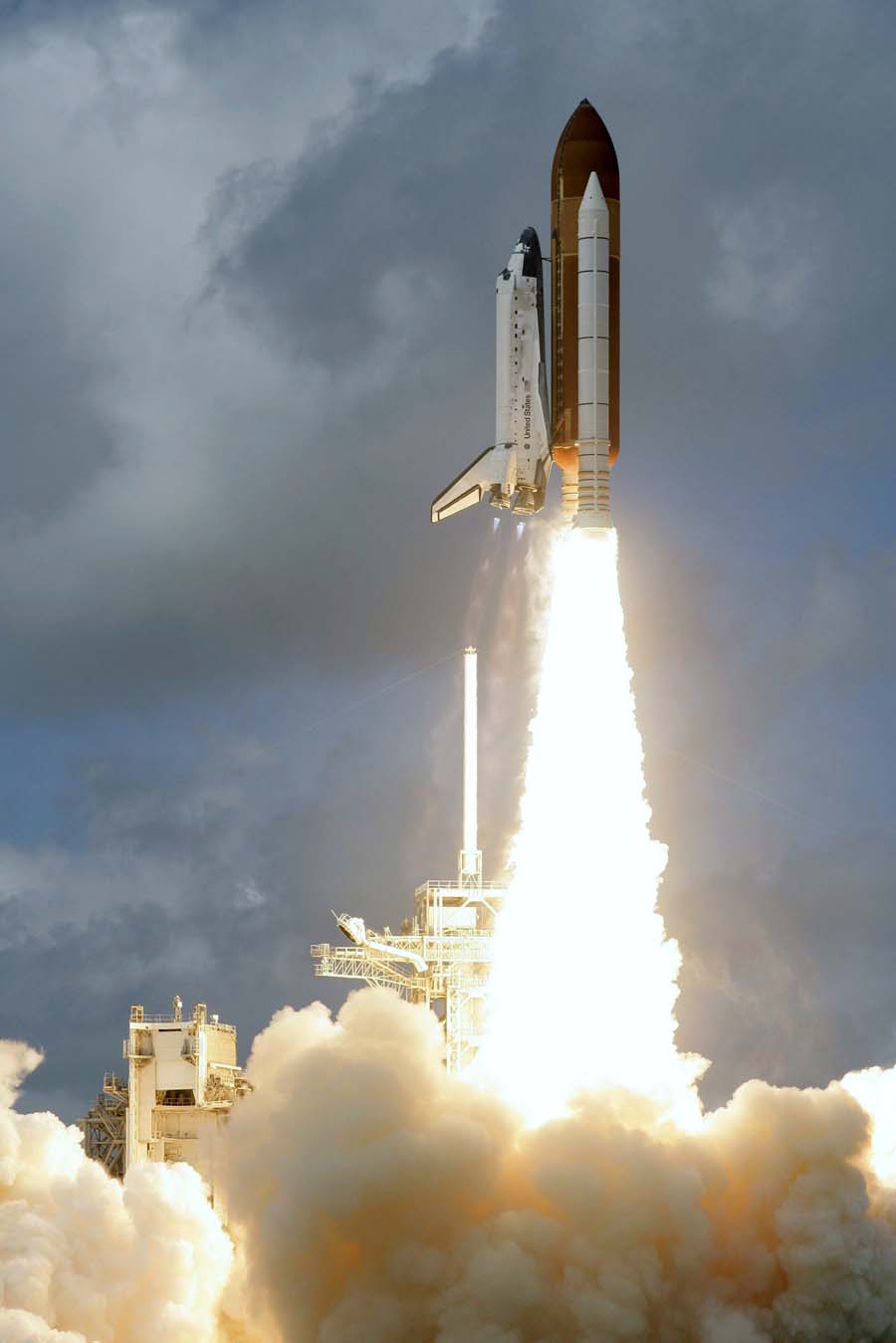
|
- Embayment Seismic Excitation Experiment (ESEE)
- Non-Volcanic Tremor Array (NVTA)
- Small Experiments in the Embayment
- Northern Embayment Lithosphere Experiment (NELE)
- IRIS Wavefields Community Experiment (YW)
- Magseis Fairfield Nodal Seismometer Facility at CERI
|



